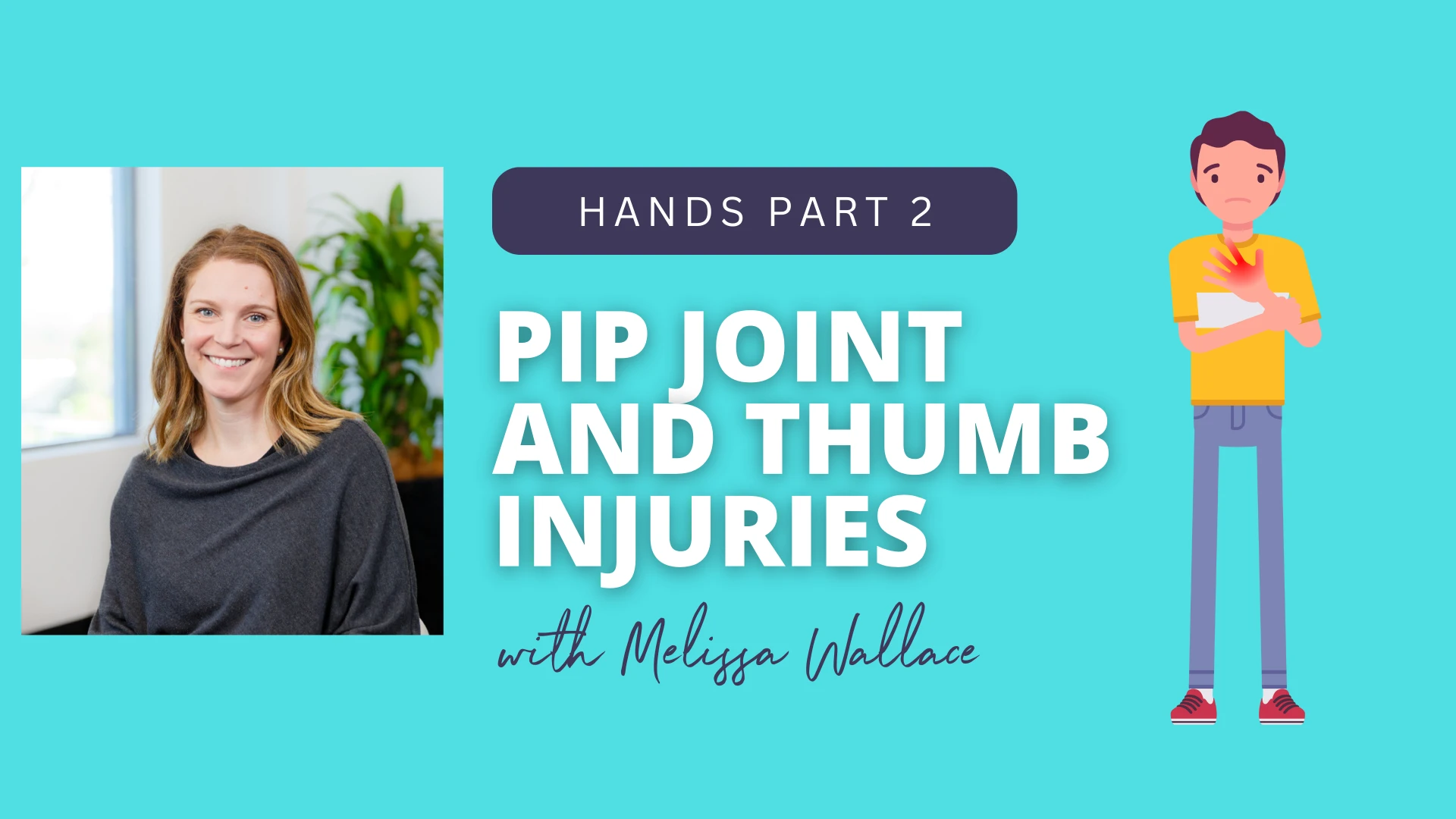Welcome back to the Clinical Edge Hand presentation series with Melissa Wallace! In Part 2 we dive deeper into the assessment and treatment of proximal interphalangeal (PIP) joint dislocations, ligament injuries, and thumb (ulnar collateral ligament) UCL injuries.
Through real-world case studies and practical demonstrations, you’ll gain the skills to diagnose, manage, and treat these complex hand injuries effectively.
Case Study: PIP joint injuries & dislocation
- Understanding PIP joint anatomy: Explore the key stabilising structures and why this joint is so susceptible to injury.
- Assessing direction of dislocation: Learn how dorsal, volar, and lateral dislocations impact the PIP joint and associated soft tissues.
- When to refer for imaging: Understand how to interpret X-rays and recognize red flags like subluxations and fractures requiring surgical referral.
- Early intervention techniques: Discover a common treatment that you need to avoid to avoid complications like fixed flexion deformities, and how to use effective splinting for these injuries.
- Treatment progression: See how to combine splinting, protected motion, and progressive loading exercises to restore range of motion and strength.
Practical testing for IP joint injuries
- Central slip injuries: Master clinical tests to diagnose zone 3 extensor tendon injuries and prevent boutonnière deformities.
- Collateral ligament & volar plate assessment: Learn hands-on techniques to identify pain, laxity, and the severity of ligament injuries at the PIP joint.
- When to use imaging: Understand when inconclusive clinical tests warrant ultrasound or MRI for accurate diagnosis.
Case Study: Thumb UCL injuries
- Thumb anatomy & common injuries: Unpack the unique anatomy of the thumb MCP joint and how UCL injuries occur, including Stener lesions.
- Valgus stress testing: Learn the limitations and risks of this test and when imaging is essential.
- Surgical vs. non-surgical management: Discover when to refer for surgical intervention and how to manage grade 1 and 2 UCL injuries with splinting and rehabilitation.
- Impact of early diagnosis: Avoid chronic instability and grip loss by identifying and treating UCL injuries promptly.
Part 2 in this series equips you with the tools to confidently assess, diagnose, and treat these injuries, empowering you to make informed decisions, provide effective treatment, and know when to refer to specialists. Real-life case studies, like Mark’s PIP joint injury, demonstrate how early diagnosis and appropriate management can lead to excellent patient outcomes.
By the end of this presentation, you’ll be ready to:
- Perform structured assessments for PIP joint and thumb injuries.
- Recognise red flags and know when to refer for imaging or specialist intervention.
- Implement splinting and rehabilitation techniques tailored to specific injuries.
- Prevent complications and help your patients regain pain-free hand function.
Let’s continue the journey to mastering hand injury management 👋!
Click here to improve your assessment & diagnostic skills with a free trial Clinical Edge membership

